 menu
menu menu
menu
 Sahil Bloom @SahilBloom1/ Short Selling 101
With the markets continuing to rally, there has been more talk of “shorting” or “short selling” stocks.
But what does that mean and how does it work?
Here’s a quick educational primer: Short Selling 101 twitter.com
Sahil Bloom @SahilBloom1/ Short Selling 101
With the markets continuing to rally, there has been more talk of “shorting” or “short selling” stocks.
But what does that mean and how does it work?
Here’s a quick educational primer: Short Selling 101 twitter.com
 Sahil Bloom @SahilBloom1/ An Allegory of Finance
I have been posting a lot of educational (and humorous!) threads on finance, money, and economics.
My mission is simple: to demystify these concepts and make them accessible to everyone.
All of the threads can be found below. Enjoy and please share! twitter.com
Sahil Bloom @SahilBloom1/ An Allegory of Finance
I have been posting a lot of educational (and humorous!) threads on finance, money, and economics.
My mission is simple: to demystify these concepts and make them accessible to everyone.
All of the threads can be found below. Enjoy and please share! twitter.com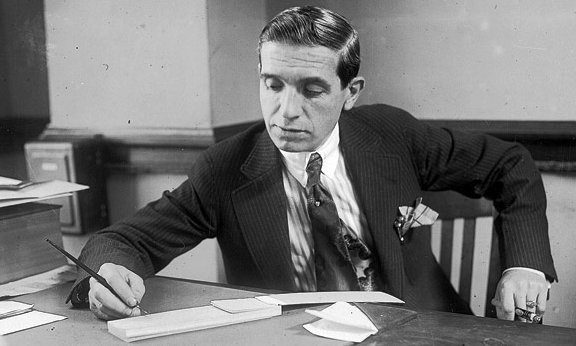
 Sahil Bloom @SahilBloom1/ Options 101 - Call Options
Over the last few months, with the rise of Robinhood and the day trading boom, options trading has been featured prominently in the news (for better or for worse).
But what is an option and how does it work?
Here’s Options 101 - Call Options! twitter.com
Sahil Bloom @SahilBloom1/ Options 101 - Call Options
Over the last few months, with the rise of Robinhood and the day trading boom, options trading has been featured prominently in the news (for better or for worse).
But what is an option and how does it work?
Here’s Options 101 - Call Options! twitter.com
 Sahil Bloom @SahilBloom1/ Short Selling 101
With the markets continuing to rally, there has been more talk of “shorting” or “short selling” stocks.
But what does that mean and how does it work?
Here’s a quick educational primer: Short Selling 101 twitter.com
Sahil Bloom @SahilBloom1/ Short Selling 101
With the markets continuing to rally, there has been more talk of “shorting” or “short selling” stocks.
But what does that mean and how does it work?
Here’s a quick educational primer: Short Selling 101 twitter.com

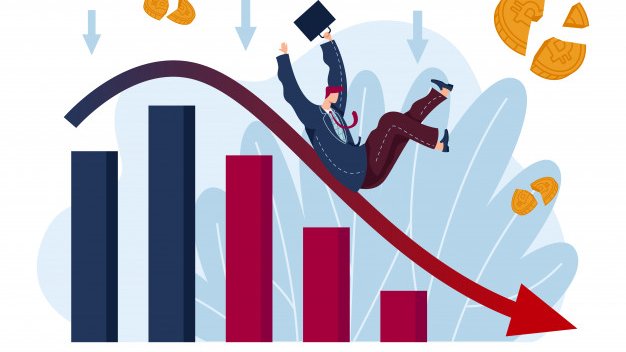
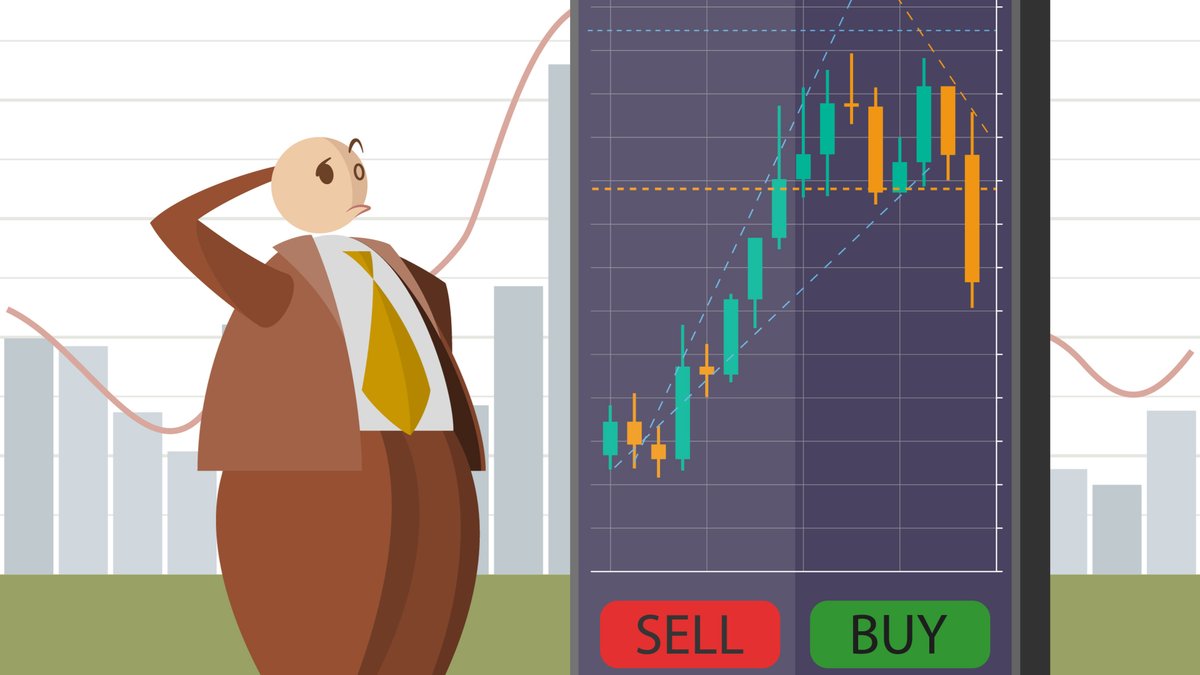

 Sahil Bloom @SahilBloom1/ Options 101 - Put Options
Yesterday, I posted Part 1 of Options 101, covering call options. I can’t leave my Bears hanging (the market has done enough of that!), so it only feels right that I cover put options next.
Here’s Options 101 - Put Options! twitter.com
Sahil Bloom @SahilBloom1/ Options 101 - Put Options
Yesterday, I posted Part 1 of Options 101, covering call options. I can’t leave my Bears hanging (the market has done enough of that!), so it only feels right that I cover put options next.
Here’s Options 101 - Put Options! twitter.com



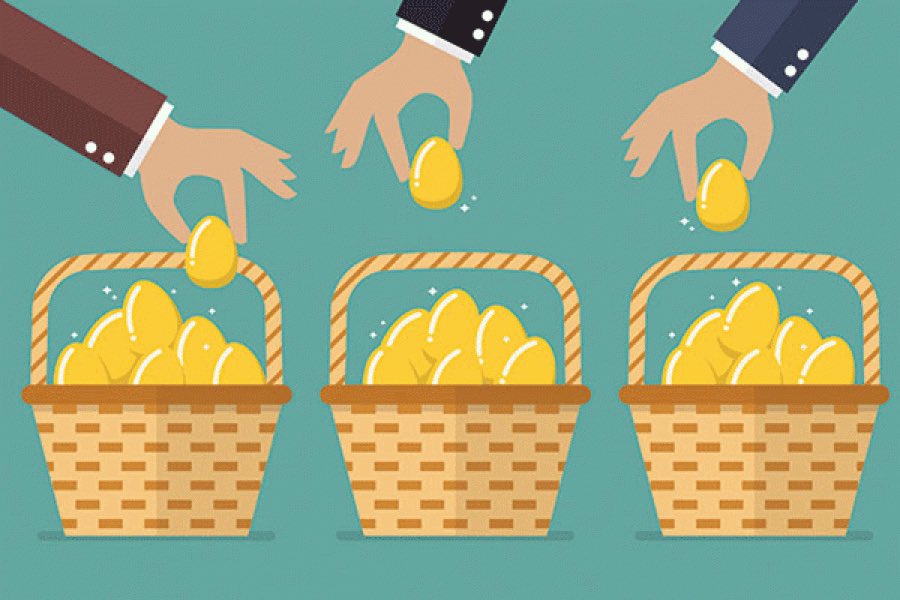





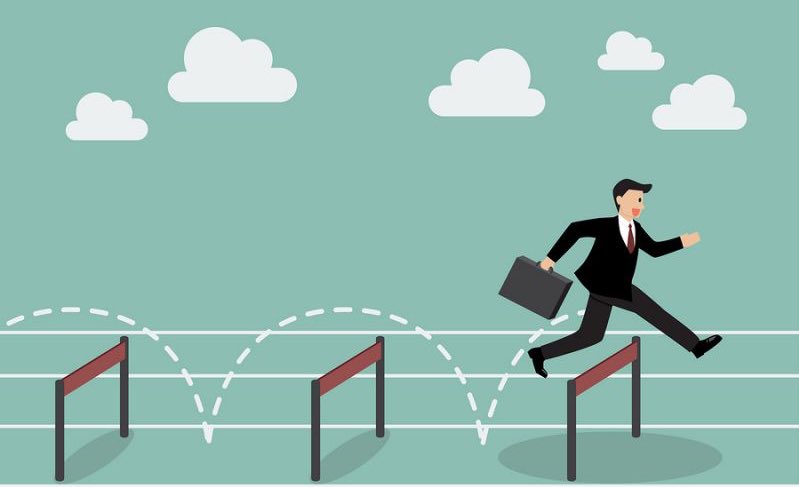

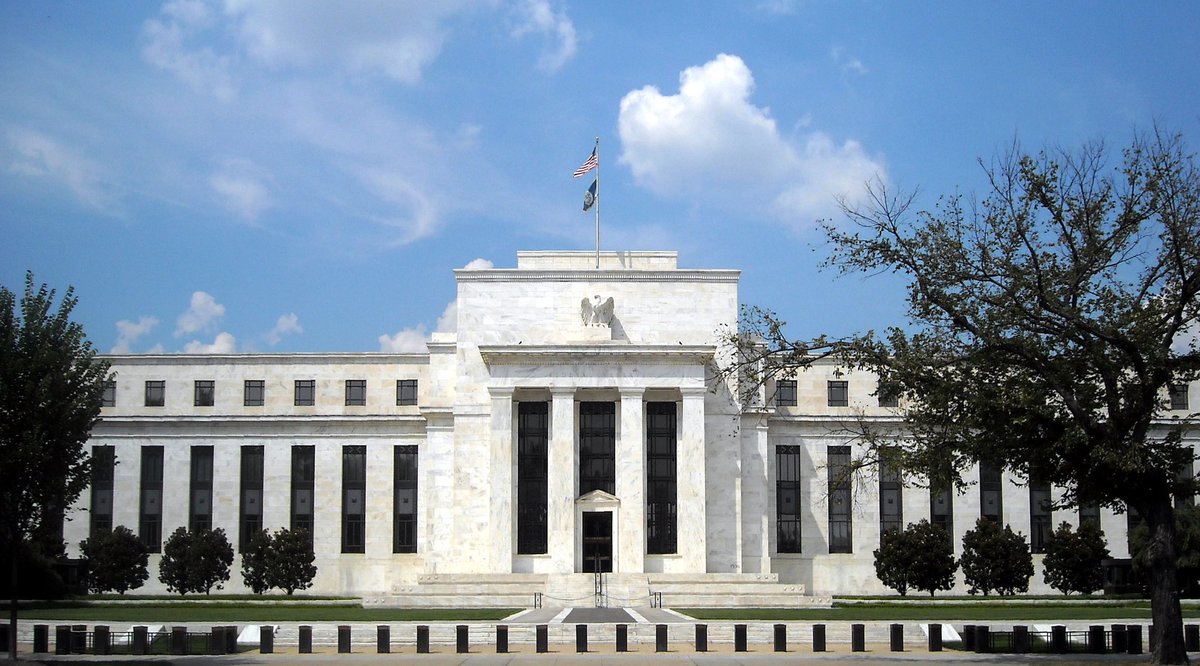
 Sahil Bloom @SahilBloom1/ Options 101 - Put Options
Yesterday, I posted Part 1 of Options 101, covering call options. I can’t leave my Bears hanging (the market has done enough of that!), so it only feels right that I cover put options next.
Here’s Options 101 - Put Options! twitter.com
Sahil Bloom @SahilBloom1/ Options 101 - Put Options
Yesterday, I posted Part 1 of Options 101, covering call options. I can’t leave my Bears hanging (the market has done enough of that!), so it only feels right that I cover put options next.
Here’s Options 101 - Put Options! twitter.com

 Sahil Bloom @SahilBloom1/ A Thread on Markets
It is the year 1500 and you enter a market in Renaissance-era Italy.
There are buyers and there are sellers. Prices of the various goods are determined by the interaction by and among these individuals.
Now in walks Mr. FEDerico, a man of endless means. twitter.com
Sahil Bloom @SahilBloom1/ A Thread on Markets
It is the year 1500 and you enter a market in Renaissance-era Italy.
There are buyers and there are sellers. Prices of the various goods are determined by the interaction by and among these individuals.
Now in walks Mr. FEDerico, a man of endless means. twitter.com











 Sahil Bloom @SahilBloom1/ Options 101 - Call Options
Over the last few months, with the rise of Robinhood and the day trading boom, options trading has been featured prominently in the news (for better or for worse).
But what is an option and how does it work?
Here’s Options 101 - Call Options! twitter.com
Sahil Bloom @SahilBloom1/ Options 101 - Call Options
Over the last few months, with the rise of Robinhood and the day trading boom, options trading has been featured prominently in the news (for better or for worse).
But what is an option and how does it work?
Here’s Options 101 - Call Options! twitter.com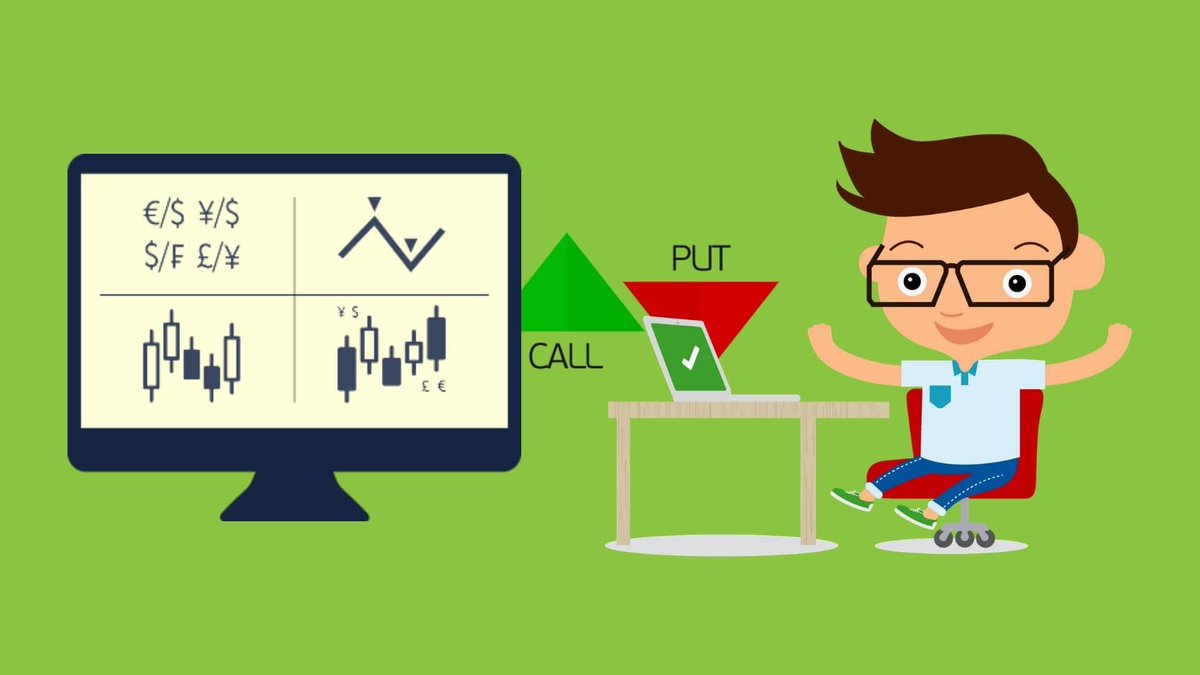

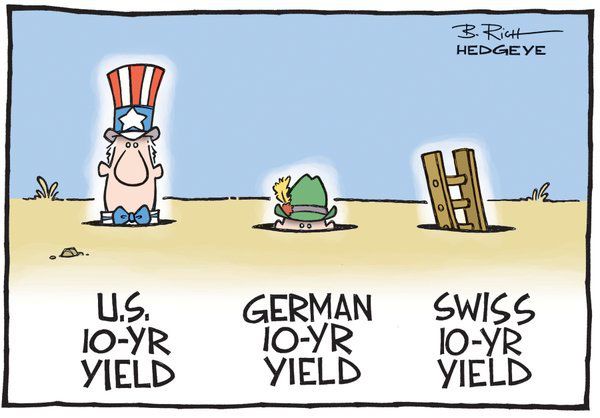
 Sahil Bloom @SahilBloom1/ Bonds & Yields 101
If you follow the financial news, you see and hear a lot of talk about bonds and bond yields.
But what are they and how do they work?
Here’s Bonds & Yields 101! twitter.com
Sahil Bloom @SahilBloom1/ Bonds & Yields 101
If you follow the financial news, you see and hear a lot of talk about bonds and bond yields.
But what are they and how do they work?
Here’s Bonds & Yields 101! twitter.com



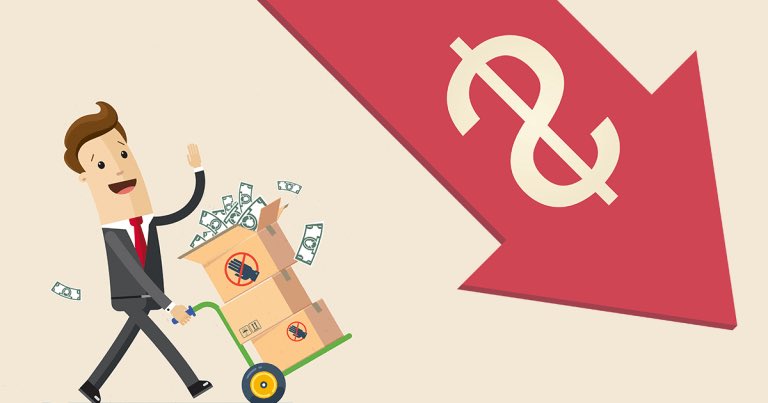
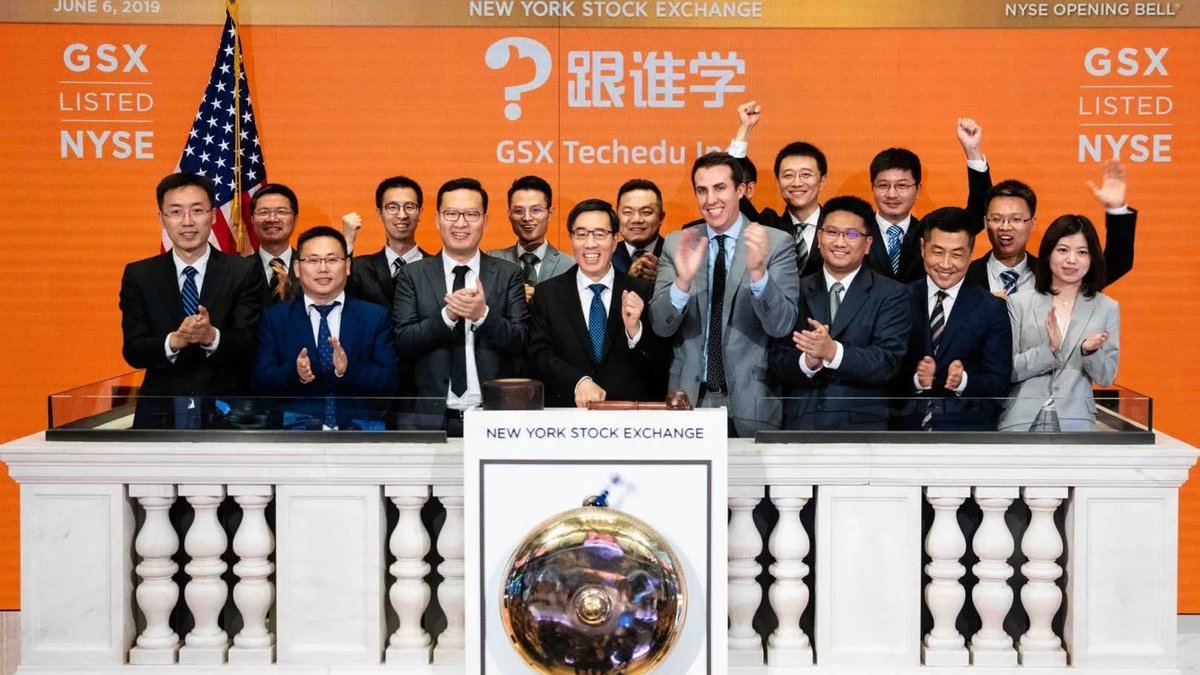





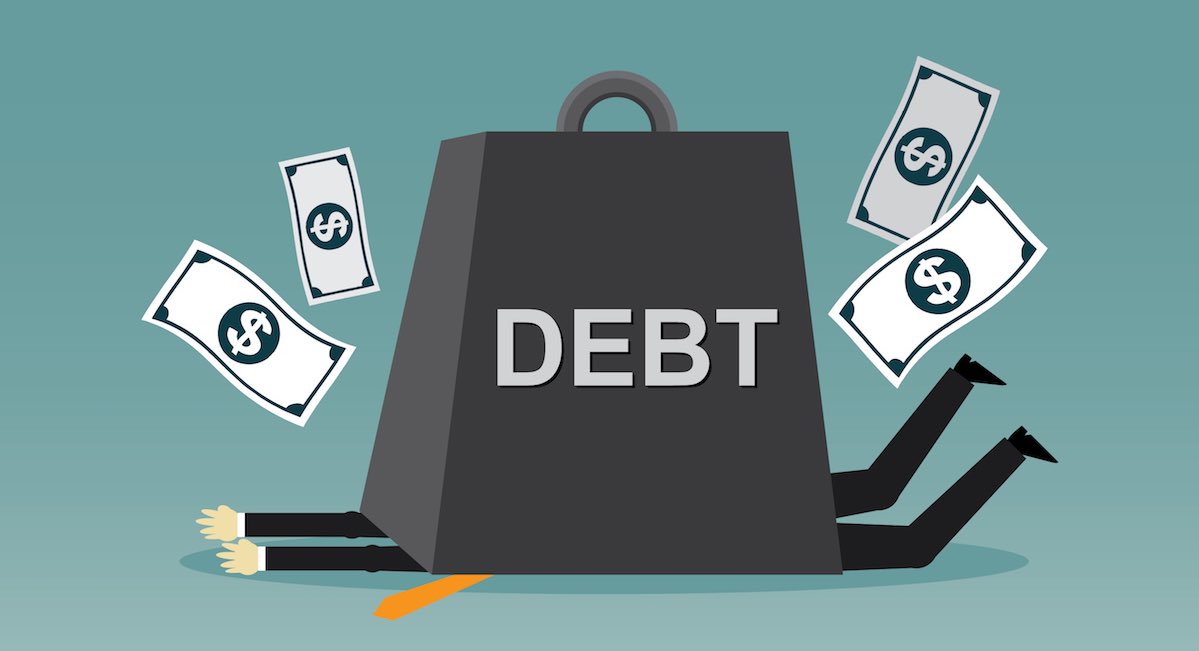
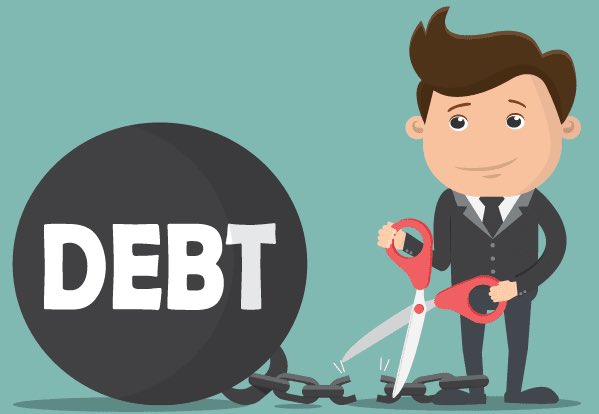
















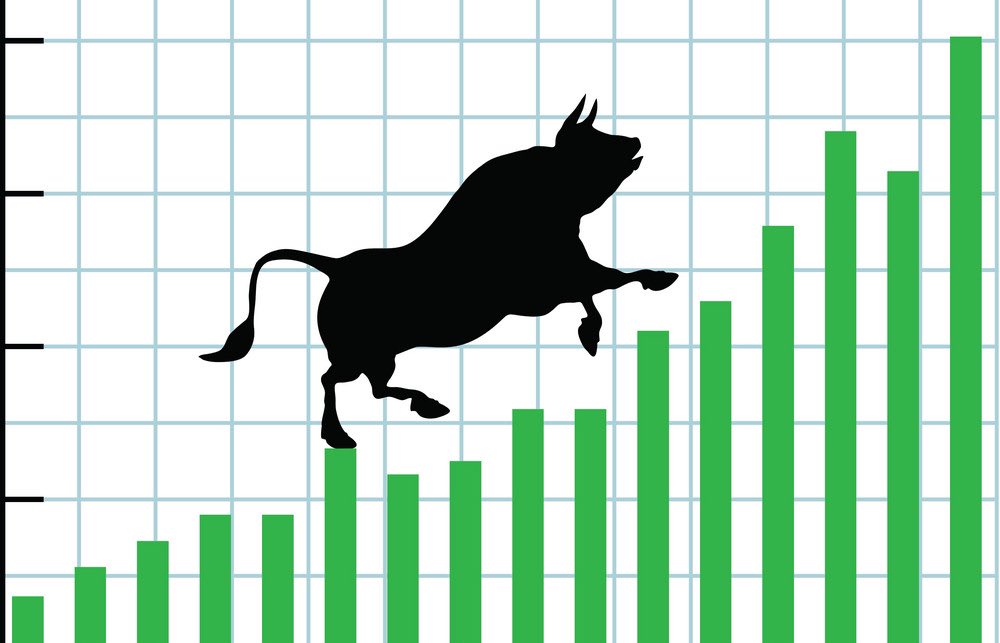
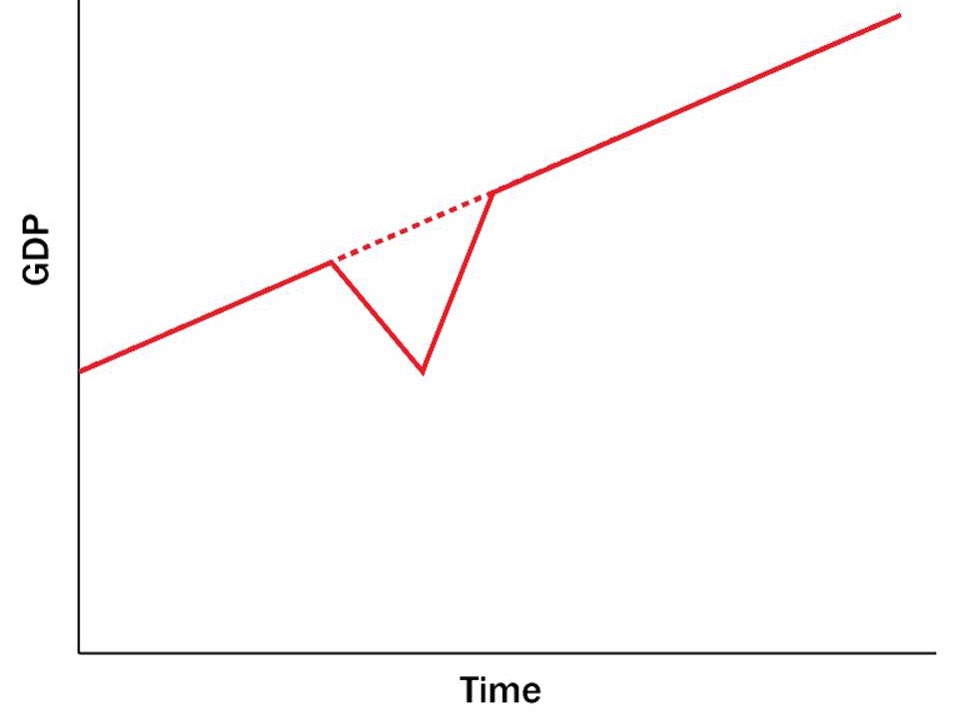
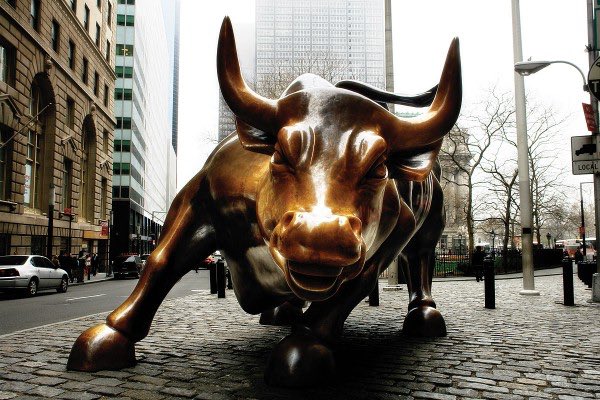

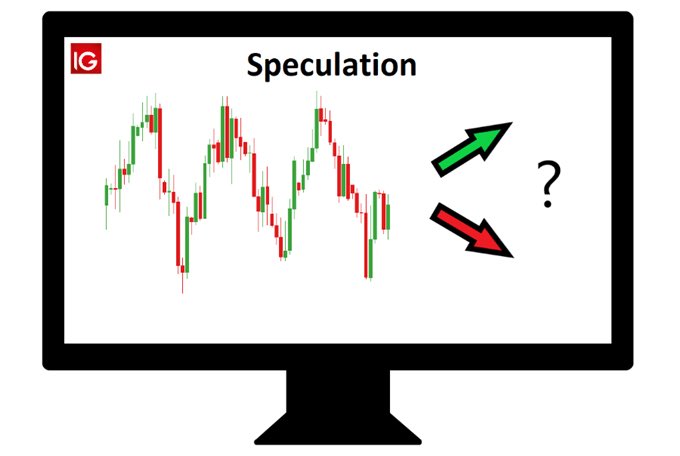
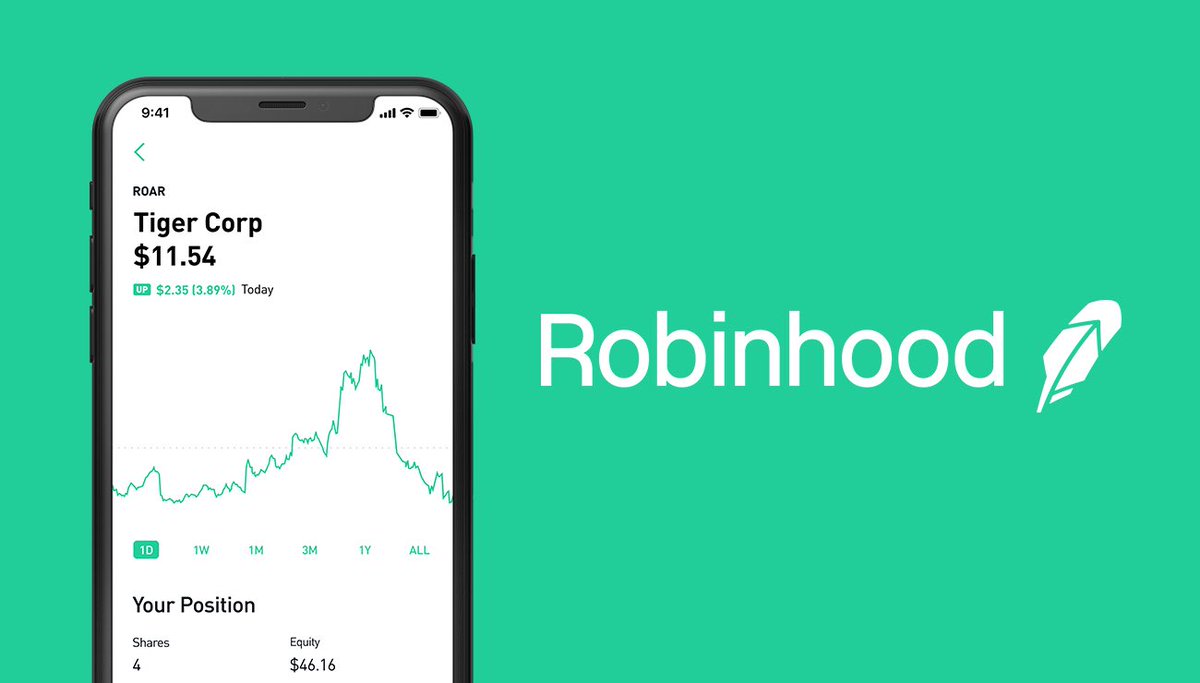
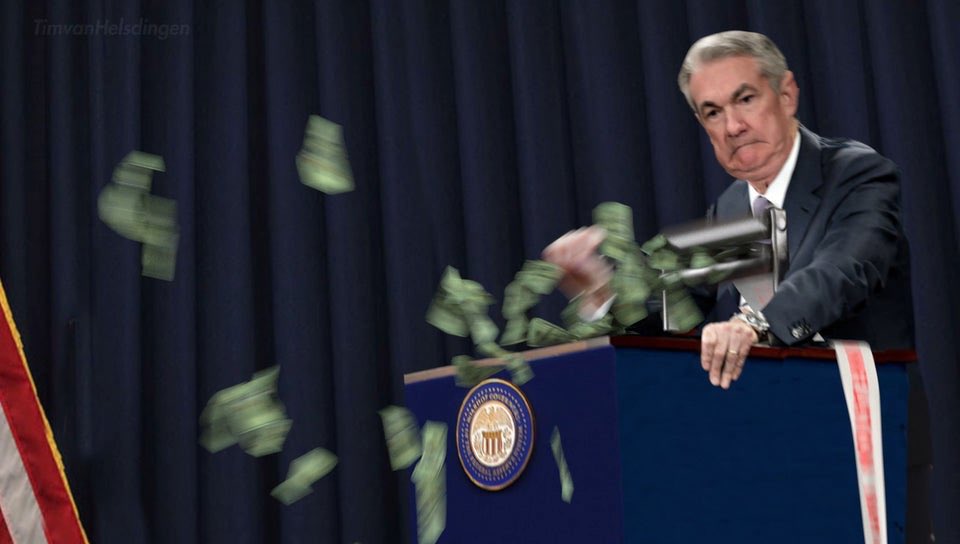
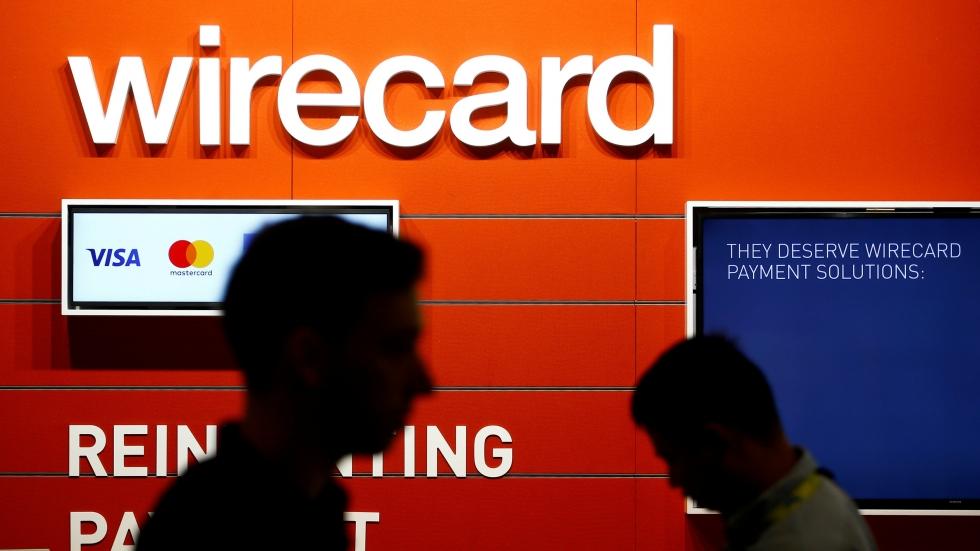




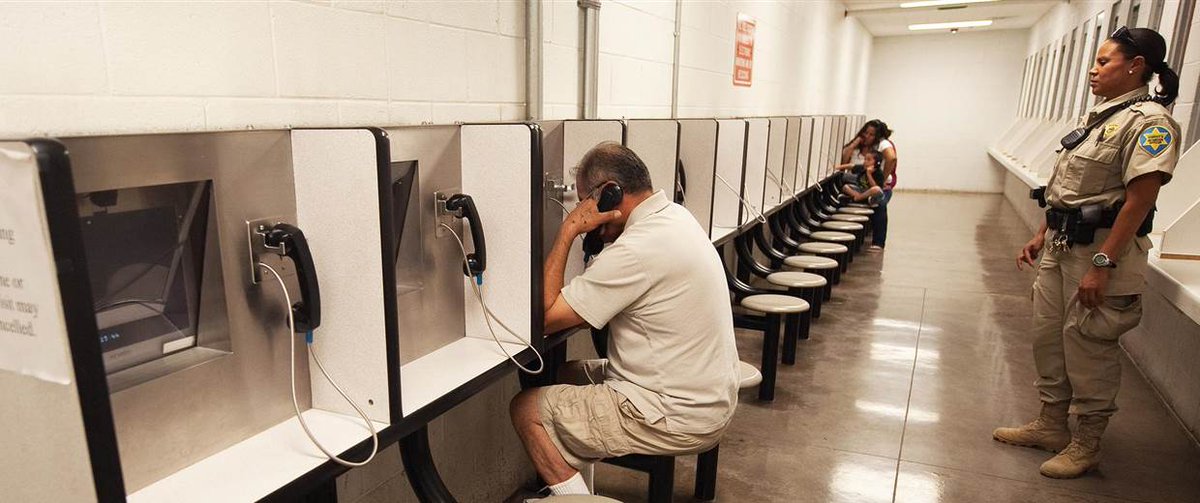

 Pay what you can
Pay what you can